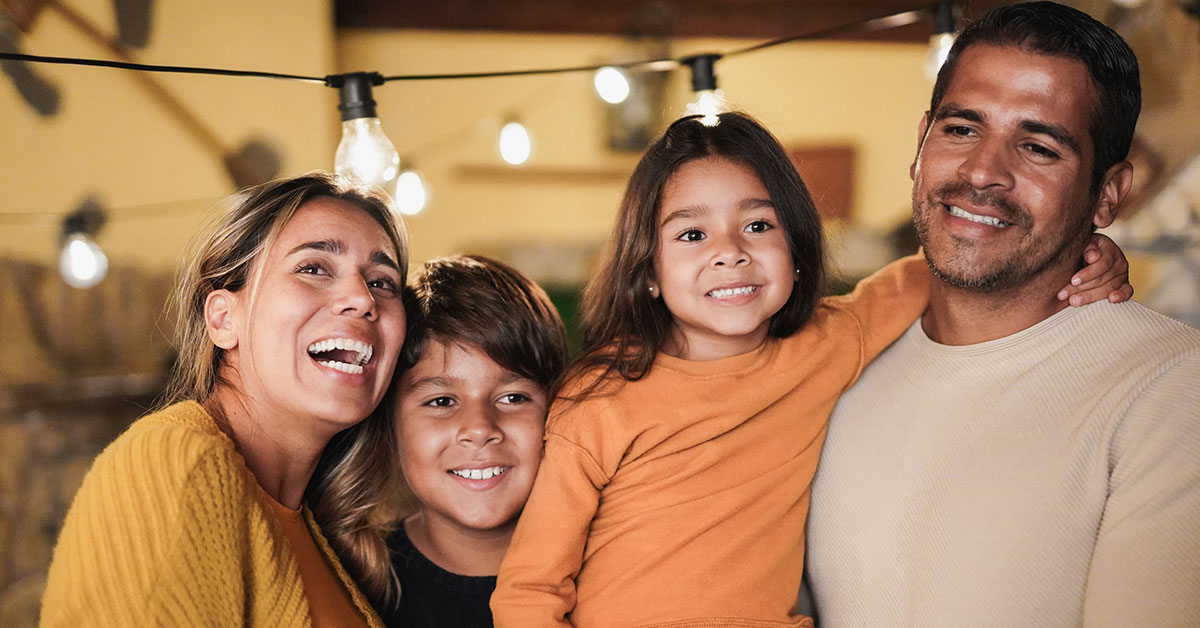It is common that a child born in the United States (U.S.) from parents who are or are not U.S. citizens, moves with his/her parents abroad or to the parent’s home country. Several years later, that U.S. citizen child, delivered a child abroad. The question is, can the child born abroad acquire U.S. citizenship through his/her parent? The answer is quite complex and depends on multiple facts:
- The law in effect at the time the child was born. Because the law governing acquisition and derivation has changed many times and is generally not retroactive, determining the eligibility requirements depends on the time period in question.
- If the child was born out of wedlock.
- If the child’s mother or father (or both) was a U.S. citizen (the requirements are different).
- Evidence obtained to prove the facts of the case.
This is the story of Jose, a 50-year-old man, born in Mexico, who became a Lawful Permanent Resident (LPR) when he was 14-year-old, through his U.S.C. mother, Trinidad, born in Los Angeles, CA in 1928. After about two years, Trinidad moved with her parents, Saul and Teresa, to Mexico in 1930 when she was 2-year-old. She was illiterate, worked in agricultural jobs, and was a nomad for over 20 years. She passed away when Jose was 41-year-old.
For over 36 years, Jose was an LPR, renewed his GC every 10 years, and visited his relatives in Mexico occasionally. He has lived in the U.S. since he became an LPR and has owned a shop in San Diego for more than 20 years, which is his principal source of income. He never had a problem renewing his GC and re-entering the US after his occasional family visits.
One day, Jose met Veronica while he was visiting relatives in Tijuana, Mexico. They started dating and eventually got married and have a child together. He started spending more days and nights in Tijuana crossing to the U.S. during the day to work in his business. He never took commuter status.
During a regular border crossing, Jose was sent to secondary inspection, and the CBP officers charged Jose with some serious immigration violations, including abandonment of LPR and some criminal charges, removed his green card, and served him with an Notice to Appear (NTA). All of the sudden, Jose had lost his green card, was not able to visit his wife and child, and was facing deportation.
Issues To Consider and Action Plan:
Jose retained Attorney Silvina Tondini as his immigration counsel. These are the steps attorney Tondini and her team took, and the issues considered:
- Comprehensive immigration consultation. The initial consultation was over 2.5 hours. We discussed Jose’s story in detail including how and when he became an LPR, GC renewal applications, his mother’s living situation since she was born, Jose’s immigration and criminal background.
- Obtained FOIA records: We obtained all records including FBI, CA DOJ, USCIS, CBP, OBIM, ICE.
- Immigration Options: Due to the seriousness of the charges, Jose’s only option to remain in the US was by proving he acquired U.S. Citizenship through his mother, Trinidad.
- Jose’s mother had used two different names in her lifetime in the US and in Mexico.
- Jose was born in Mexico, out of wedlock, from a USC mother, who had passed away 12 years prior to Client’s been placed in deportation. She never got married, was a nomad most of her adult life and had no traditional work history in the US.
- We developed a plan: We believed that the only viable option Jose had was to prove that he was already a USC. All other defenses were not viable.
- We were dealing with different agencies and jurisdictions: CBP (who served Jose with deportation notice), Department of State (application for US Passport), and USCIS (Application for Certificate of Citizenship – N-600).
- We reviewed mother’s aged personal documents that client had saved: IDs, hospital records, pictures with some handwritten notes in the back, cards.
- We were able to prove mother’s identity, even though she used two different names.
- We interviewed each family member, particularly Trinidad’s three surviving siblings.
- Drafted sworn declarations based on legal interviews.
- Obtained census information from 1920-1930.
- Hired a professional private detective, to obtain voting registration, social security statements, and census records.
- Prepared applications N-600 and US Passport simultaneously, drafted legal arguments and provided legal evidence.
- Represented client throughout both processes.
- Effectively cancelled NTA with ICE and EOIR.
Outcome of the Case:
We were able to prove that:
- Trinidad was a US Citizen at the time of Jose’s birth.
- According to the law in effect at the time the client was born (1965), Trinidad lived in the US for a continuous period of 1 year at some point prior to birth of child, Jose.
- We proved that Trinidad lived in the US continuously from birth to the age of 2 (1928-1930).
- We proved Trinidad’s identity, even though she used two names in Mexico and in the US.
- We proved that Jose acquired U.S. citizenship through his U.S. mother in 1965 (at birth).
- We obtained Jose’s U.S. passport and Certificate of Citizenship.
- We were able to cancel the Notice to Appear (NTA).
Jose is now a U.S. Citizen. He lives with his spouse and child in the U.S.

